Bosnien-Herzegowina – Kroatien – Montenegro
Fortifikatorischer Exkursionsbericht einer Studienreise vom 19.05. bis 26.05.2018
Jede Macht, die den Balkan zu beherrschen versuchte, hinterließ als Zeichen ihrer Herrschaft mehr oder minder mächtige Befestigungen und Festungsbauten. Die fortifikatorischen Kulturlandschaften in Bosnien und Herzogewina, Kroatien und Montenegro werden vor allem durch türkische, venezianische und österreichische Türme, Forts und Festungen geprägt. Auf der Reiseroute ragen besonders Fortifikationen in Ston, Dubrovnik, Herceg Novi und Kotor heraus, darüber hinaus viele österreichische Anlagen in Sarajewo und Montenegro. Während der Reise hat sich herausgestellt, dass die Anlage österreichischer Stützpunkte gerade in Bosnien und Herzogewina weiter verbreitet ist als ursprünglich angenommen.
Die unruhigen Zeiten des 20. Jahrhunderts haben ebenfalls viele Fortifikationen hervorgebracht. Das betrifft nicht nur die Anlagen im Zuge des Zweiten Weltkriegs unter italienischer und deutscher Besatzung, sondern auch die jugoslawische Nachkriegszeit im Kalten Krieg bis zum Ausbruch des Bürgerkriegs 1992. Allen Anlagen dieser verflossenen Militärarchitektur ist jedoch gemeinsam, dass sie die Geschichte des Balkans in besonderem Maße widerspiegeln. Heute eröffnen sie Perspektiven für Identitätsstiftung und auch Chancen zur Schaffung neuer Arbeitsplätze bei Nutzungskonversion und im Tourismus.
—
Any power that tried to dominate the Balkans left more or less powerful strongholds and fortifications as a sign of their rule. The fortified cultural landscapes in Bosnia and Herzegovina, Croatia and Montenegro are dominated by Turkish, Venetian and Austrian towers, forts and fortresses. In particular, fortifications in Ston, Dubrovnik, Herceg Novi and Kotor stand out on the itinerary, as well as many Austrian facilities in Sarajevo and Montenegro. During the trip, it turned out that the construction of Austrian bases is more widespread in Bosnia and Herzegovina than originally assumed.
Also the troubled times of the 20th century have produced many fortifications. This applies not only to installations during World War II under Italian and German occupation, but also to the post-war era of Yugoslavia in the Cold War until the outbreak of the civil war in 1992. However, all of the facilities of this past military architecture is common that they particularly reflect the history of the Balkans. Today they open perspectives for identity foundation and also opportunities to create new jobs in conversion of use and in tourism.
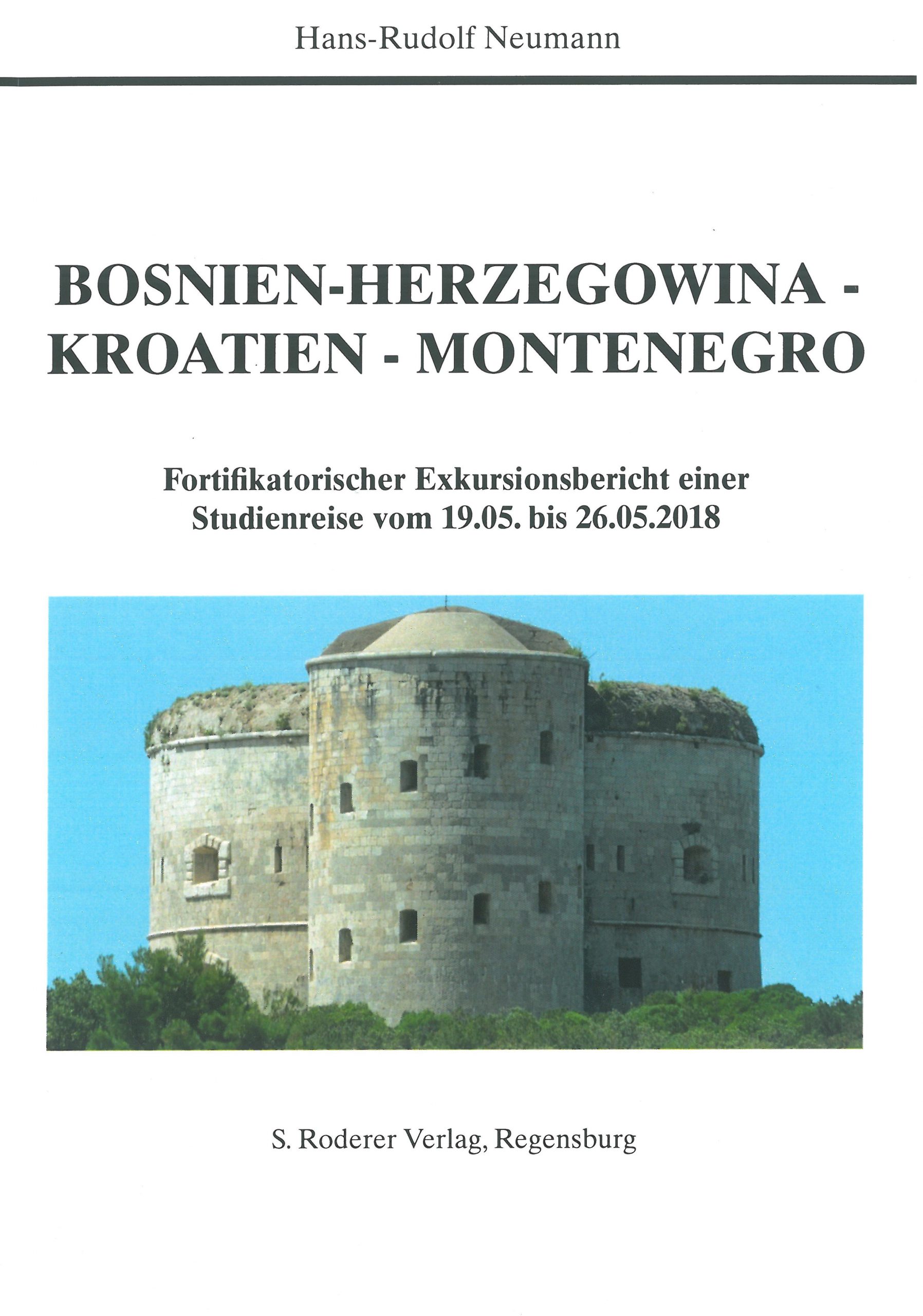
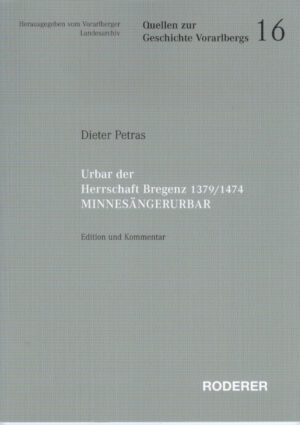
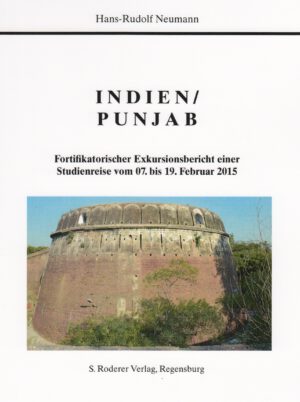
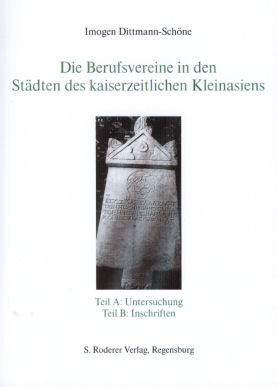
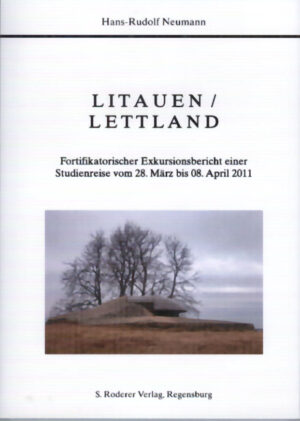
Rezensionen
Es gibt noch keine Rezensionen.